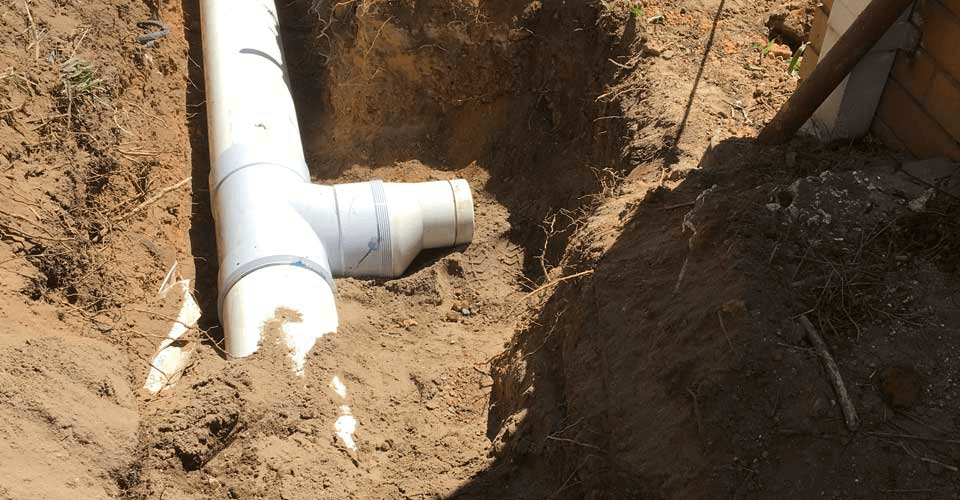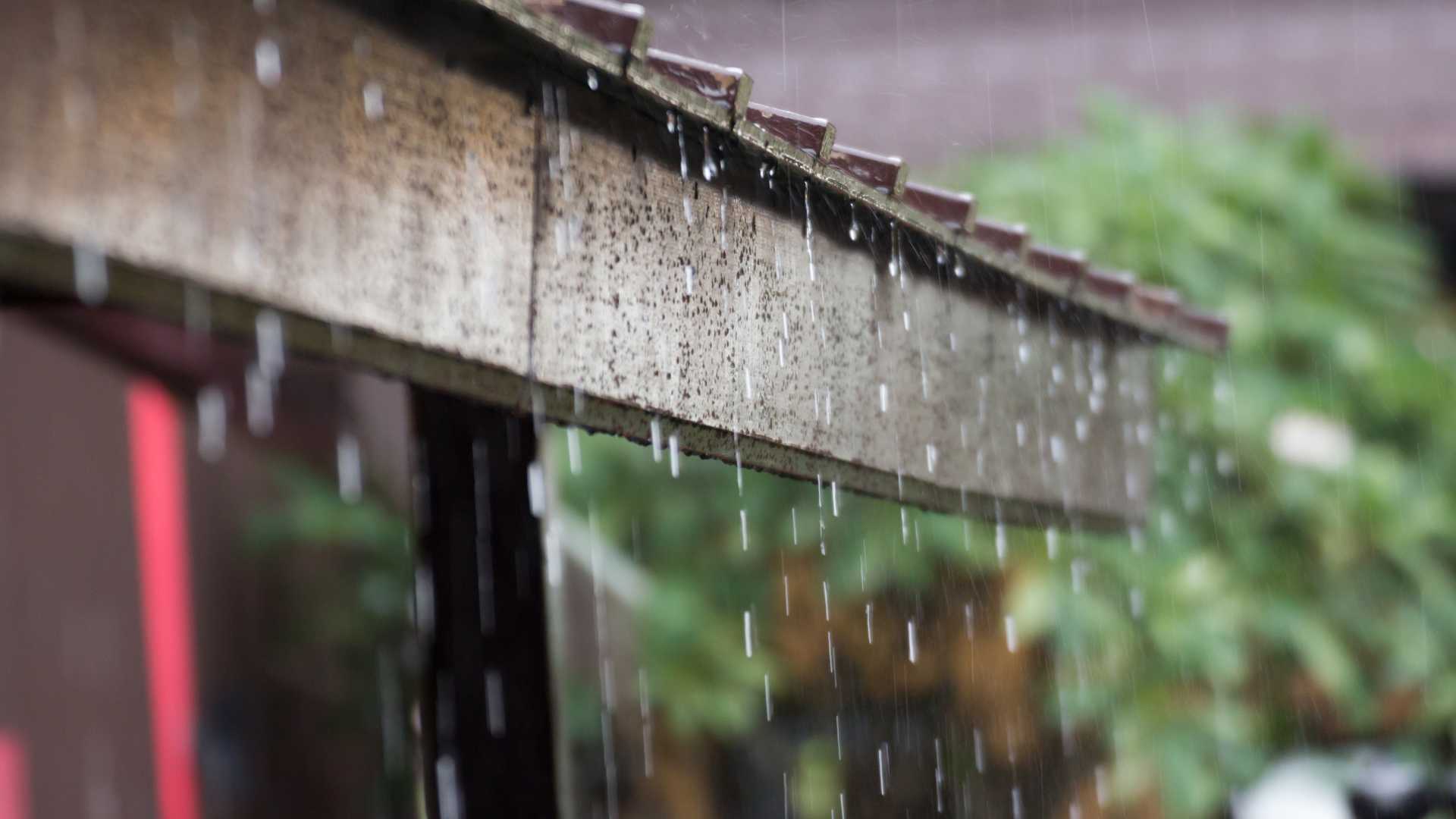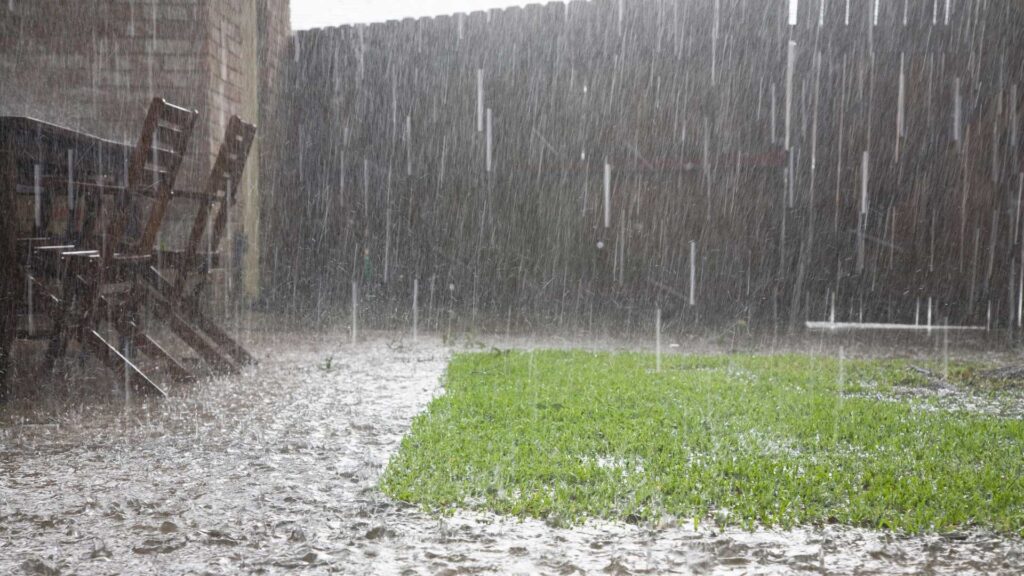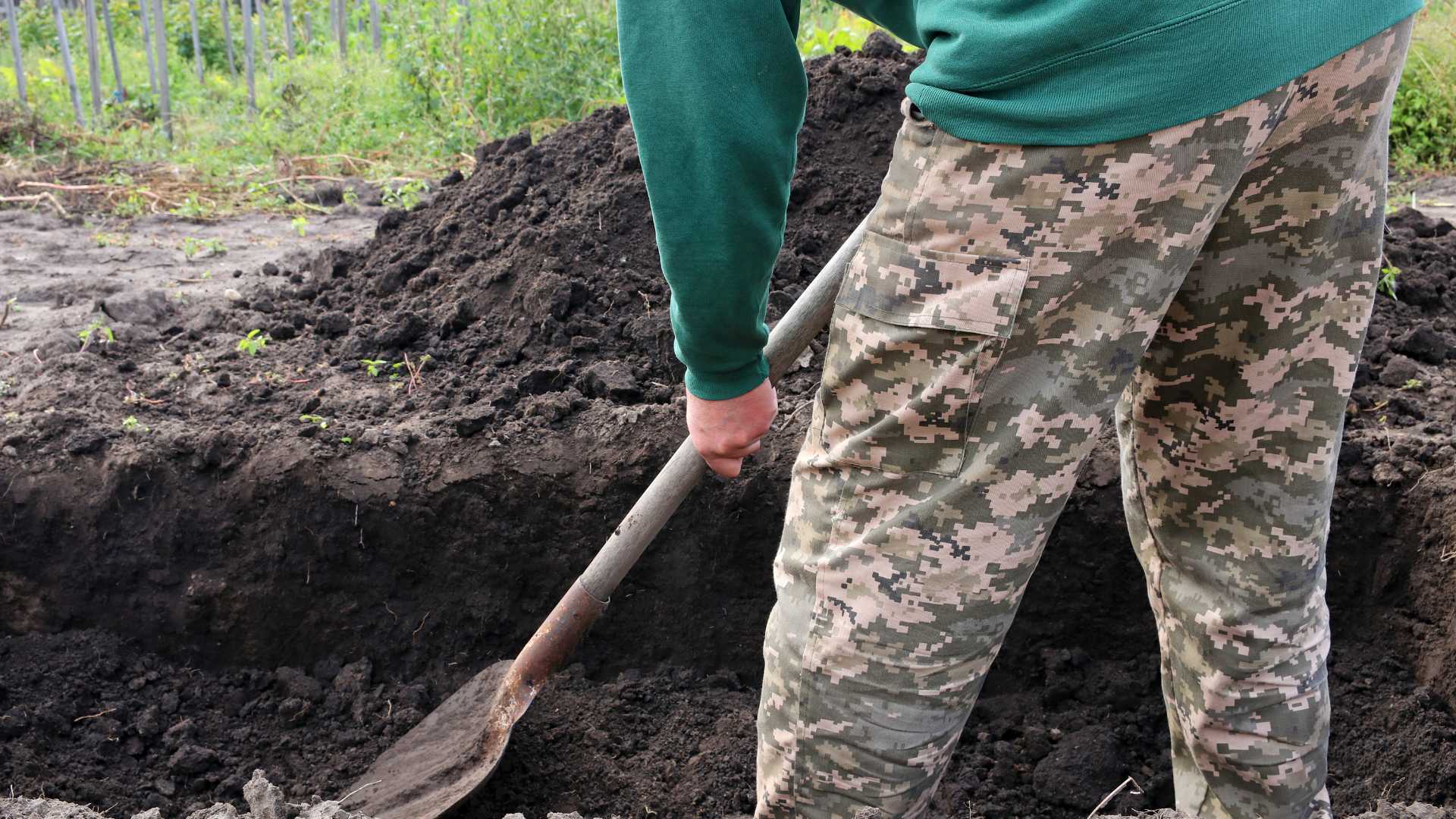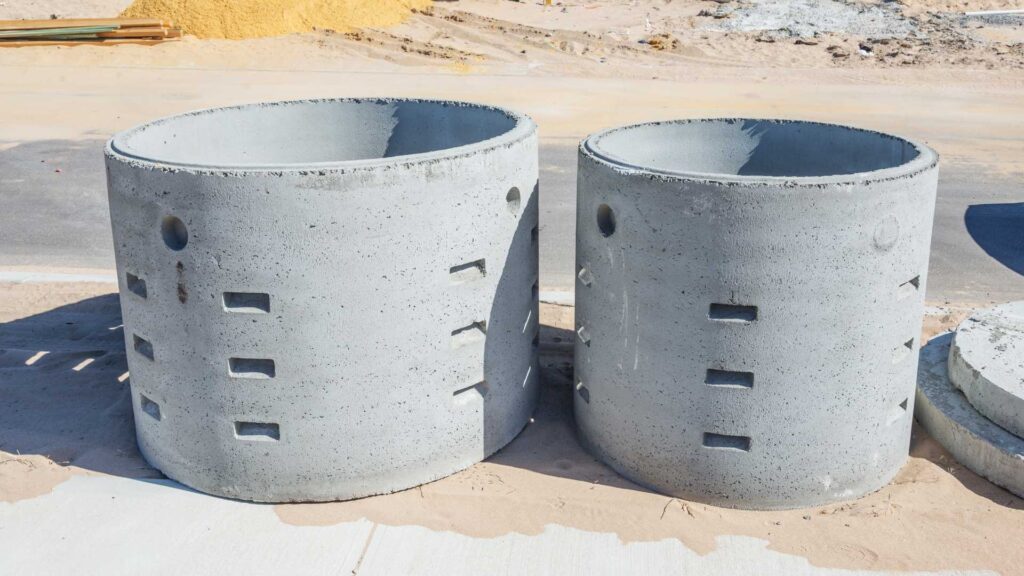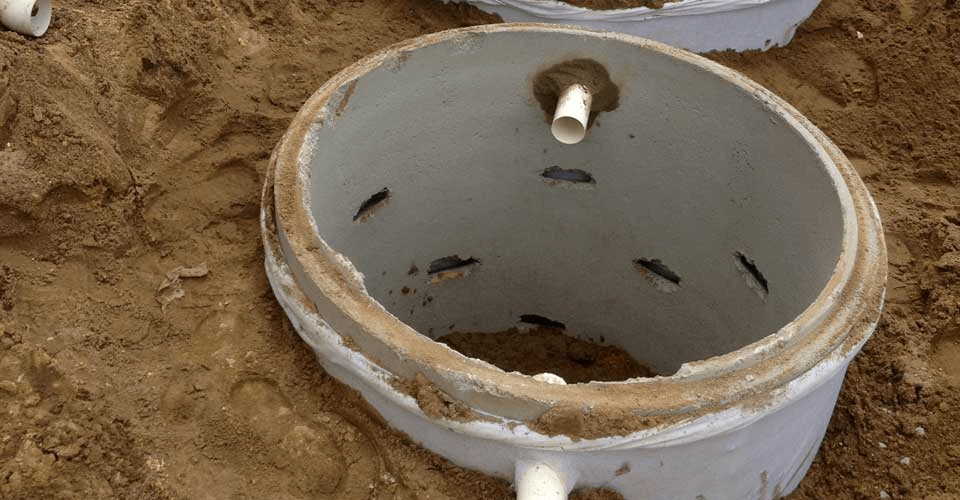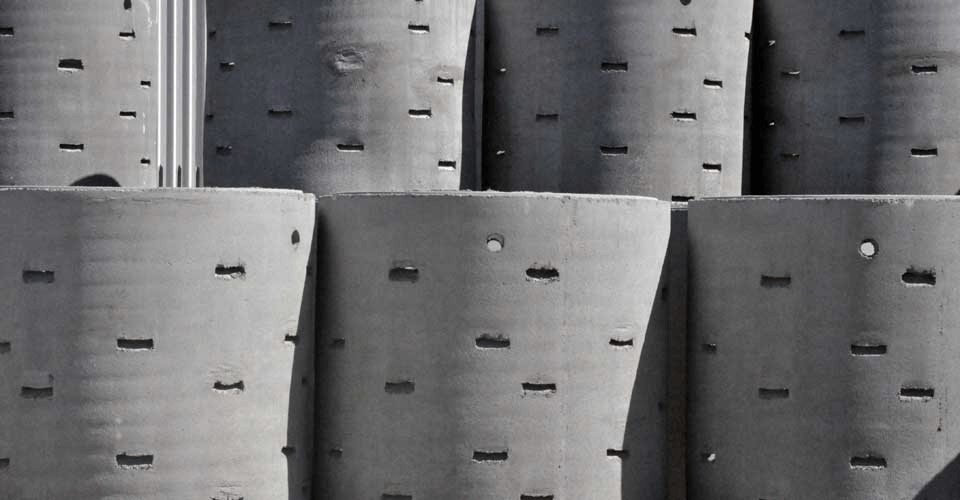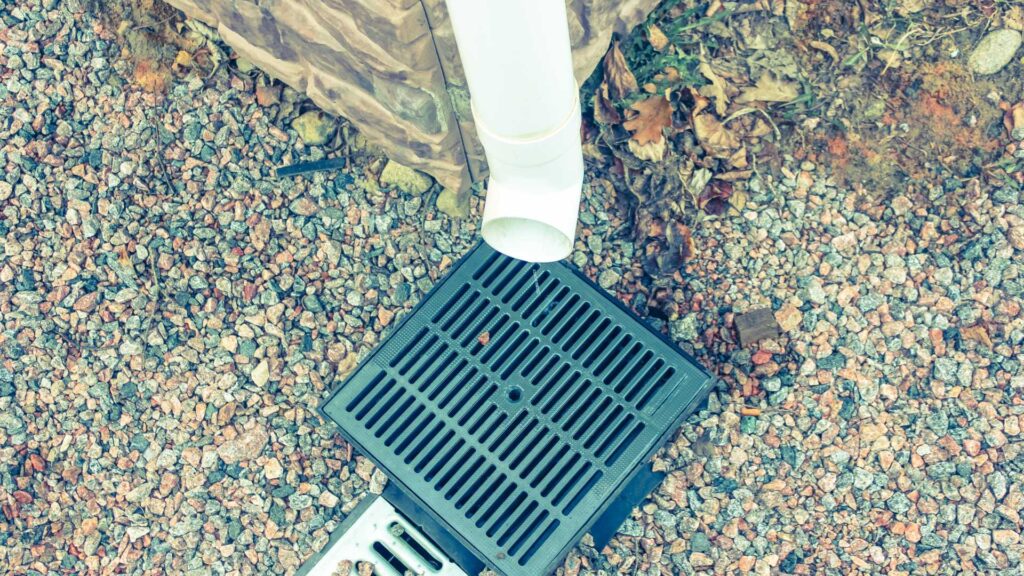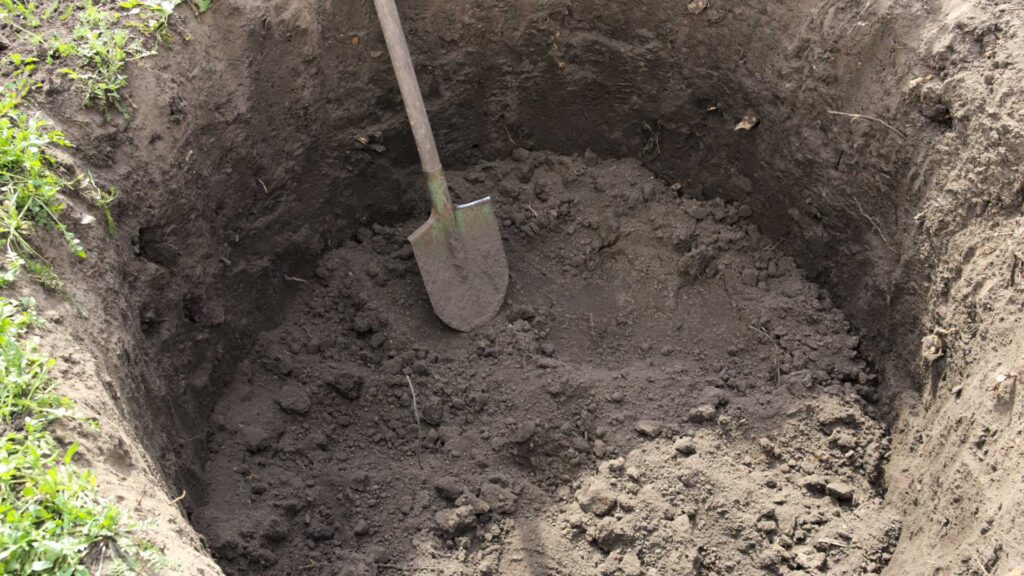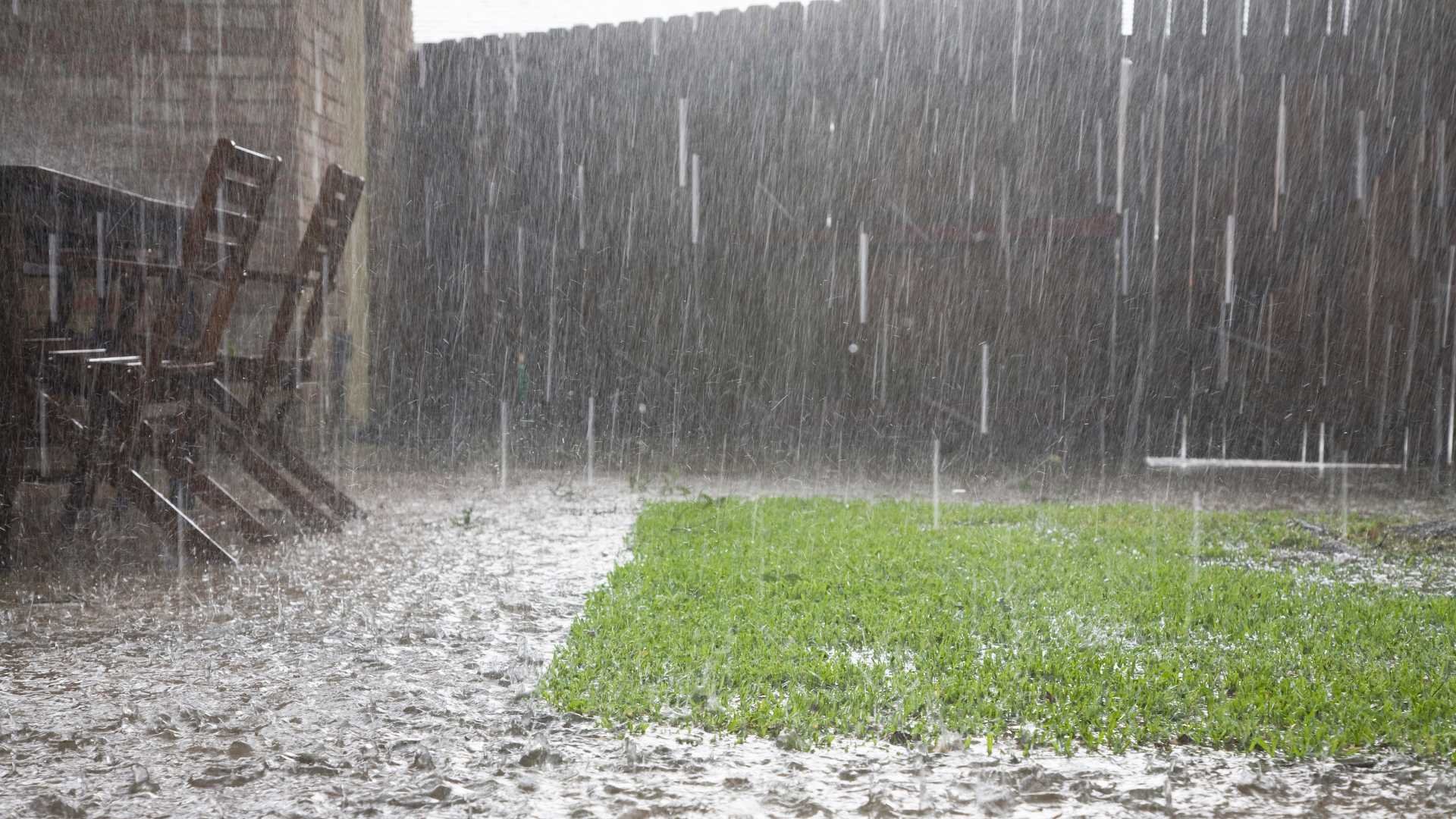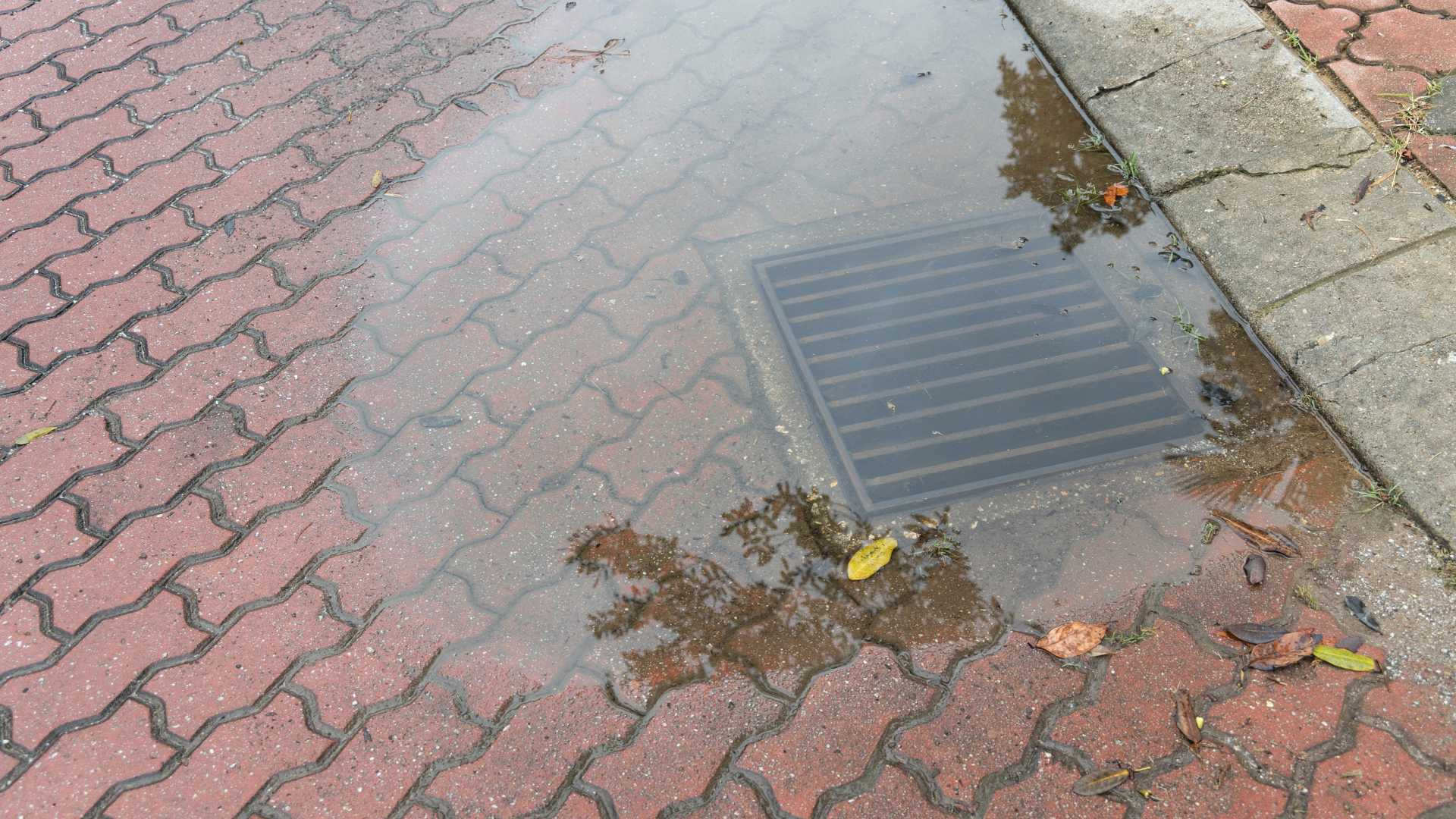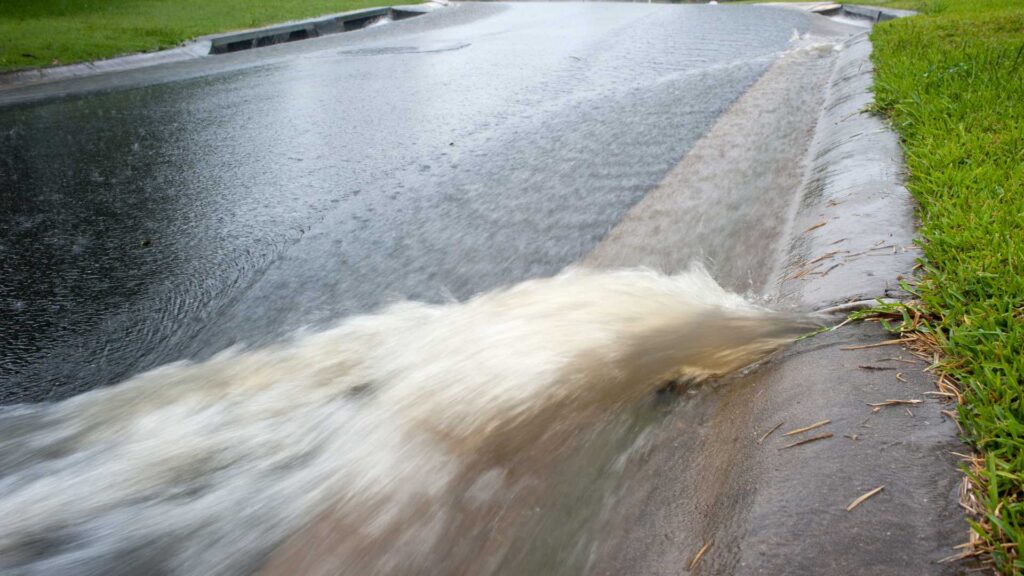When it comes to stormwater management, soakwells are crucial for collecting and distributing runoff to keep areas from flooding and erosion. Polypropylene soakwells separate from the crowd because of their superior features and practical benefits. Compared to other materials often used to build soakwells, including concrete or PVC, polypropylene soakwells have many advantages. If landowners, developers, and environmental planners want long-term solutions to the problem of stormwater runoff, they must be aware of these distinctions.
This blog will explain the key differences between polypropylene soakwells and their alternatives. Polypropylene soakwells have several benefits over other materials. We will discuss these benefits in detail, including their resistance to corrosion, ease of installation, and adaptability in design. To choose the most appropriate soakwell system for their stormwater management needs and goals, stakeholders must know these distinctions.
What Are Polypropylene Soakwells?
Polypropylene soakwells, renowned for their durability against corrosive elements and harsh weather, have risen in popularity. Their integration into stormwater management systems signifies a notable advancement, offering a cost-efficient and enduring solution for handling stormwater runoff. These soak wells are robust and capable of withstanding traffic while offering extensive customisation options in size and capacity, catering to diverse residential, commercial, and industrial needs. Experience hassle-free drainage with our professional soakwell services designed for Perth conditions.
Developers, builders, and property owners who want long-lasting and effective stormwater management solutions often choose polypropylene soak wells because they are reliable and can be used in various situations. With polypropylene soak wells, flooding risks are mitigated and property integrity preserved while aligning with environmental sustainability goals, making them a valuable asset in modern drainage infrastructure.
The Benefits Of Polypropylene Soakwells
Developing polypropylene soakwells is a big step forward in flood management technology. Their many advantages make them a better choice for homes and businesses. These innovative systems are designed to efficiently manage excess rainwater, preventing potential damage to structures and landscapes while supporting environmental sustainability.
Lightweight And Durable
One of the most notable advantages of polypropylene soakwells is their exceptional durability and lightweight design. Unlike traditional concrete options, these soakwells are made from polypropylene, a material known for its strength and resistance to various environmental factors. This makes them incredibly strong, capable of withstanding up to 14 tons of weight per square meter, yet surprisingly light, simplifying transportation and installation processes. Their robust construction ensures longevity and reliability, even under challenging conditions.
Eco-Friendly And Cost-Effective
Polypropylene soakwells are effective in managing stormwater and offer environmental benefits. The material is 100% recyclable, making it a more sustainable option than its concrete counterparts. Additionally, their efficient design and the reduced need for heavy machinery during installation make them a cost-effective solution for stormwater management. The ease with which they may be installed and maintained is another factor that adds to their cost-effectiveness, making them an economical option for businesses that own property.
Versatile Installation Options
The modular design of polypropylene soakwells allows for flexible installation configurations to suit various project requirements. These systems can be easily grouped or stacked vertically, accommodating the specific needs of any site, regardless of size constraints. This versatility ensures that polypropylene soakwells can be adapted to meet the drainage requirements of both commercial and residential properties, providing effective stormwater management solutions tailored to each unique situation.
Superior Water Management

Polypropylene soakwells excel in managing runoff water, ensuring that excess rainwater is efficiently absorbed into the ground, thereby reducing the risk of flooding and erosion. Their design facilitates a faster infiltration rate compared to traditional systems, enhancing the overall efficiency of stormwater management. This capability is particularly beneficial in areas prone to heavy rainfall, where effective water management is crucial to prevent property damage and landscape erosion.
Low Maintenance And Easy Repair
The accessibility and design of polypropylene soakwells make maintenance and repairs straightforward and less labour-intensive than concrete alternatives. Their blocks can be easily accessed for cleaning or repair, reducing the downtime and inconvenience associated with maintenance activities. This ease of maintenance ensures that the soakwells remain effective in managing stormwater over the long term, with minimal disruption to the property.
Enhancing Property Value And Compliance
Investing in polypropylene soakwells addresses the practical concerns of stormwater management and contributes to a property’s overall value. By ensuring effective drainage and reducing the risk of water damage, these systems can enhance a property’s appeal to potential buyers who value sustainability and environmental responsibility. Furthermore, using polypropylene soakwells can help property owners comply with local regulations regarding stormwater management, avoiding potential legal issues and fines.
Adaptability To Various Soil Types
Another significant advantage of polypropylene soakwells is their adaptability to different soil types. Whether the property is located in an area with sandy soil or a region with a more compact soil composition, polypropylene soakwells can effectively manage stormwater runoff. This adaptability is due to their design and materials, allowing efficient water infiltration in various ground conditions. This makes polypropylene soakwells a versatile solution suitable for various geographical locations.
Supporting Biodiversity And Groundwater Recharge
Polypropylene soakwells play a crucial role in supporting local biodiversity and groundwater recharge by facilitating rainwater infiltration back into the ground. This process helps to maintain the natural water cycle, contributing to the health of local ecosystems and ensuring that groundwater supplies are replenished. In areas where water conservation is a priority, polypropylene soakwells can be particularly beneficial, aligning with broader environmental goals and sustainability efforts.
Future-Proofing Stormwater Management
Climate change changes weather patterns and makes rain events happen more often and with more force, making good stormwater management choices more important. Polypropylene soakwells offer a future-proof solution to these challenges, providing the flexibility and efficiency needed to adapt to changing environmental conditions. Their longevity and corrosion resistance guarantee their long-term effectiveness, allowing them to adapt to changing demands on stormwater management systems.
Applications Of Polypropylene Soakwells
Polypropylene soakwells have emerged as a revolutionary solution in stormwater management, offering a versatile and efficient method for controlling runoff and preventing water damage. These innovative systems are designed for durability and ease of installation and provide an eco-friendly alternative to traditional concrete soakwells. Explore the various applications of polypropylene soakwells, highlighting how they can be utilised across different settings to manage stormwater effectively.
Residential Properties
In residential areas, polypropylene soakwells are instrumental in preventing soil erosion and protecting home foundations from water damage. They are perfect for use in lawns, gardens, and under driveways because of their lightweight but strong construction, which allows them to absorb and distribute rainwater efficiently. By ensuring that stormwater is effectively managed, these soakwells help maintain the structural integrity of residential properties and enhance the health of the garden and lawn areas by preventing waterlogging.
Commercial And Industrial Sites
Commercial and industrial sites often encompass large impervious areas, such as parking lots and rooftops, which can generate significant runoff during rainstorms. Polypropylene soakwells are perfectly suited for these environments, offering a scalable solution that can be customised to handle the volume of water typical of such settings. Their high load-bearing capacity ensures they can be installed under heavy-use areas like parking lots without risk of collapse, making them an essential component of stormwater management systems in commercial and industrial landscapes.
Urban Infrastructure
With their dense construction and limited permeable surfaces, urban areas face unique challenges in stormwater management. Polypropylene soakwells contribute to the sustainability of urban infrastructure by facilitating groundwater recharge and reducing the burden on sewer systems. Installed in parks, along streets, and around public buildings, these soakwells help mitigate the risk of flooding and waterlogging, which can be particularly problematic in cities during heavy rainfall events.
Environmental Conservation Areas
In areas dedicated to environmental conservation, managing stormwater in a way that supports the natural ecosystem is paramount. Polypropylene soakwells offer an environmentally friendly option, as they are made from recyclable materials and promote water infiltration back into the ground. This process supports groundwater replenishment and helps maintain the natural water cycle, which is crucial for the health of flora and fauna in conservation areas.
Agricultural And Horticultural Applications
Agriculture and horticulture benefit from controlled water management, and polypropylene soakwells can play a vital role in achieving this. By managing excess water, these soakwells prevent crop damage due to flooding and ensure that water is evenly distributed throughout the soil. This feature can be very useful in areas where precipitation is unpredictable since it allows farmers to manage water flow, which is crucial for a successful harvest.
Comparing Polypropylene Soakwells With Other Types
Soakwells play a pivotal role in preventing flooding and erosion by efficiently managing excess rainwater in stormwater management. Polypropylene has become increasingly popular as a soak well material due to its numerous characteristics that set it apart. However, to fully appreciate the value of polypropylene soakwells, it’s essential to compare them with other types of soakwells, such as concrete and PVC. Here, we explore the differences between polypropylene soakwells and their counterparts, highlighting the benefits and limitations of each type.
Polypropylene Soakwells
Advantages:
- Durability and Strength: Polypropylene soakwells are known for their incredible strength and durability. Therefore, they are suitable for use in both residential and commercial settings because they can handle high weight and strain.
- Lightweight and Easy to Install: One of the most significant advantages of polypropylene soakwells is their lightweight nature, simplifying transportation and installation. This feature can significantly reduce labour costs and installation time.
- Environmental Friendliness: Polypropylene is a recyclable material, making these soakwells more eco-friendly than traditional concrete soakwells.
- Corrosion Resistance: Polypropylene is resistant to chemical corrosion, ensuring a longer lifespan even in environments with potentially corrosive substances.
Limitations:
- Cost: Polypropylene soakwells can be more expensive than other materials but offer various benefits. Nevertheless, the upfront cost is usually more than compensated for by the savings in durability and maintenance costs in the long run.
Concrete Soakwells
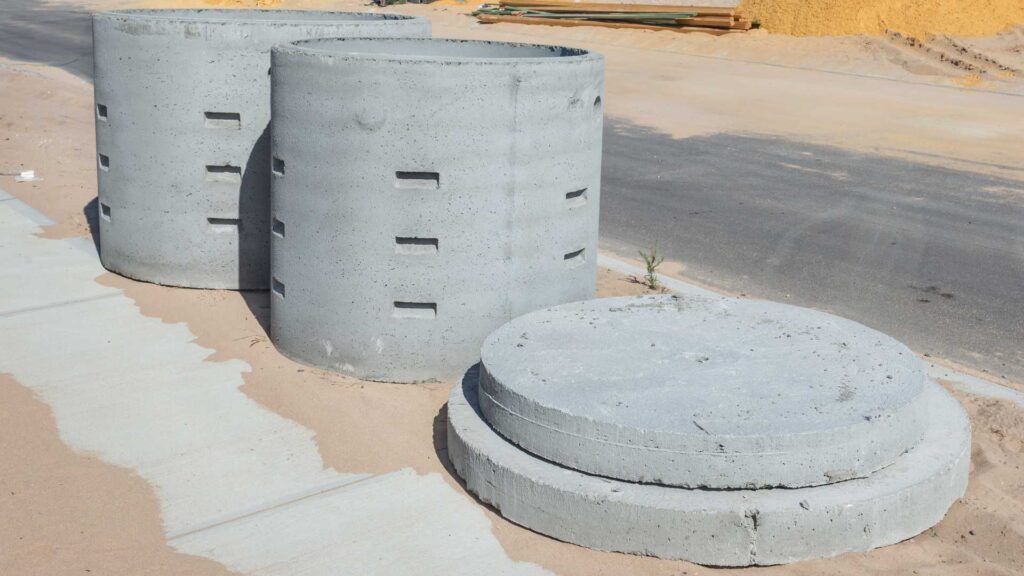
Advantages:
- Proven Durability: Concrete soakwells have been used for decades and are known for their durability and strength. They can handle very high loads, making them suitable for areas with heavy traffic.
- Longevity: Concrete soakwells, when placed correctly, have the potential to last for a high number of years, making them an excellent long-term solution for the control of rainwater.
Limitations:
- Weight and Installation Challenges: Concrete soakwells are significantly heavier than polypropylene ones, making transportation and installation more challenging and expensive.
- Environmental Impact: Concrete production is energy-intensive and contributes to CO2 emissions, making concrete soakwells less environmentally friendly.
- Potential for Corrosion: Concrete can be susceptible to corrosion over time, especially in acidic environments, reducing its lifespan.
Pvc (Plastic) Soakwells
Advantages:
- Cost-Effectiveness: PVC soakwells are generally less expensive than polypropylene and concrete, making them a budget-friendly choice.
- Lightweight: In the same way as polypropylene soak wells are lightweight and relatively straightforward to build, PVC soakwells can help lower the costs associated with installation.
Limitations:
- Durability Concerns: PVC soakwells may offer a different level of durability and strength than polypropylene or concrete soakwells, making them less suitable for areas with heavy traffic or load-bearing requirements.
- Environmental Concerns: PVC production involves toxic chemicals, and PVC is not as easily recyclable as polypropylene, raising environmental concerns.
Choosing The Right Soakwell For Your Needs
Choosing the right soakwell is an important decision that affects the efficiency of your stormwater management system and the landscaping and foundation of your property in the long run. A soakwell is an underground tank that allows excess rainwater to slowly seep into the surrounding soil, preventing flooding and erosion. Since there are many choices, it’s important to consider a few important things to ensure you pick the right soakwell for your needs. Here, we explore essential considerations for selecting the ideal soakwell. Don’t let heavy rain damage your landscape; call Perth’s leading soakwell specialists for immediate assistance!
Understand Your Soil Type
The soil type on your property plays a crucial role in determining the most suitable soil. Different soils have varying absorption rates, which can significantly affect the efficiency of your soil. For instance, sandy soil offers excellent drainage and may require a different type of soakwell than clay soil, which has a slower absorption rate and may necessitate a larger or more efficient system.
Calculate The Required Capacity
One of the most critical aspects of choosing the right soakwell is determining the capacity to handle the runoff from your roof and paved areas effectively. The size of your house, the usual rainfall in your region, and the total catchment area of your roof are all factors that need to be considered for this estimate. A soakwell that’s too small may not adequately manage heavy rainfall, leading to potential flooding and water damage. Conversely, an excessively large soakwell may be an unnecessary expense. For assistance in choosing the suitable size for your requirements, seek a professional’s opinion or use internet calculators.
Consider The Material
Soakwells are typically made from materials like concrete, polypropylene, or PVC. Each material has its advantages and disadvantages, as outlined in previous discussions. The longevity and robustness of concrete soakwells are well-known qualities, which makes them an excellent choice for locations that experience substantial volumes of foot traffic. Polypropylene soakwells offer a lightweight, corrosion-resistant option that’s easy to install and environmentally friendly. PVC soakwells are cost-effective and lightweight, but they may provide a different level of durability than the other materials. Your choice should be based on durability, cost, installation requirements, and environmental impact.
Maintenance And Installation
Important factors to consider include the installation’s convenience and maintenance requirements. Due to their lightweight nature, polypropylene and PVC soakwells are generally easier and less expensive to install than concrete options. However, the long-term maintenance and potential replacement costs should also be factored into your decision. Some soakwells require more frequent cleaning or have a shorter lifespan, which could affect your overall costs and the hassle of maintenance over time.
Compliance With Local Regulations
It is necessary to thoroughly understand any local legislation or guidelines about stormwater management before engaging in any decision-making process. Some areas may have specific requirements for soakwell installation, including size, material, and placement. Ensuring compliance with these regulations can prevent legal issues and fines and may influence your choice of soakwell.
Conclusion
Polypropylene soakwells are often used to control stormwater because they last a long time, don’t rust, and can be designed in various ways. These systems are strong and lightweight and can hold up to 14 tonnes of weight per square metre, making them easy to move and set up. They are also good for the environment and save money because they can be recycled repeatedly and don’t need as much heavy gear to be put up.
Polypropylene soakwells are versatile, which means they can be installed in various ways to meet the needs of different projects. They are great at controlling runoff water, which lowers the risk of floods and soil erosion, especially in places where it rains a lot. Their form lets faster infiltration rates happen, which makes them more efficient overall. Putting in plastic soakwells can raise the value of your home and help you follow the rules because they make your home more appealing to buyers who care about sustainability and being good to the environment. In addition, they can grow in various soils, making them useful in a wide range of places.
Polypropylene soakwells are a durable and environmentally friendly option to traditional concrete soakwells that can be used in various ways and are very good at managing stormwater. You can use them for residential buildings, business and industry sites, urban infrastructure, and areas that protect the environment. They are small, light, and easy to set up.
They can also handle much weight and pressure to be used in homes and businesses. They are also good for the earth because they are made from recyclable materials and help water get back into the ground. They are also resistant to rust, which means they will last longer, even in places where corrosion is common.
Several things make polythene soakwells better than other types: they last longer, are stronger, are easier to install, are better for the environment, and don’t rust. They may be more expensive than other materials at first, but the money you save in the long run on repairs and upkeep often more than makes up for it. In conclusion, polypropylene soakwells are a useful and inexpensive way to handle rainwater properly in many places.
Concrete soakwells are known for being strong and long-lasting, so they can be used in places that get a lot of foot traffic. However, they are larger and cost more than polypropylene soakwells, which makes them harder to move and more expensive to install. Making concrete uses a lot of energy, which adds to CO2 pollution and corrosion. Plastic (PVC) soakwells are cheaper, lighter, and more durable than polypropylene and concrete choices. They may, however, vary in how long they last and how strong they are. They are also less eco-friendly because they contain dangerous chemicals and are harder to recycle.
It is important to pick the right soakwell for your property’s base, landscaping, and stormwater management system. The type of soil, size, material, upkeep and installation, and following local rules are all things to consider. Usually, concrete, plastic, or PVC are used to make soakwells. Each of these materials has pros and cons. While concrete soakwells are known for being strong and long-lasting, plastic soakwells are light and won’t rust. It would be best to consider how much it will cost to replace and fix things in the long run.
Content Summary
- Soakwells are essential for stormwater management, preventing flooding and erosion.
- Polypropylene soakwells offer superior features compared to concrete or PVC alternatives.
- They are recognised for their durability against corrosive elements and harsh weather.
- Polypropylene soakwells are a cost-efficient and enduring solution for stormwater runoff.
- They are robust, capable of withstanding traffic, and offer customisation in size and capacity.
- These soakwells are chosen for their reliability and versatility in various situations.
- They mitigate flooding risks and preserve property integrity while supporting environmental sustainability.
- Polypropylene soakwells are lightweight, durable, and resistant to environmental factors.
- They can withstand up to 14 tons of weight per square meter.
- Their construction ensures longevity and reliability under challenging conditions.
- The material is 100% recyclable, making it an eco-friendly option.
- Their design reduces the need for heavy machinery during installation, making them cost-effective.
- Modular design allows for flexible installation configurations.
- They excel in managing runoff water and reducing the risk of flooding and erosion.
- Maintenance and repairs are straightforward and less labour-intensive.
- Investing in these soakwells enhances property value and ensures compliance with local regulations.
- They are adaptable to different soil types, ensuring efficient water infiltration.
- They support local biodiversity and groundwater recharge by facilitating rainwater infiltration.
- Polypropylene soakwells offer a solution that is adaptable to changing environmental conditions.
- They are instrumental in preventing soil erosion and protecting home foundations in residential areas.
- Commercial and industrial sites manage significant runoff from impervious areas.
- Urban infrastructure benefits from their ability to reduce the burden on sewer systems.
- They are environmentally friendly, supporting groundwater replenishment in conservation areas.
- Agriculture and horticulture benefit from controlled water management through these soakwells.
- Polypropylene soakwells are known for their incredible strength and durability.
- They are lightweight and easy to install, reducing labour costs and installation time.
- Being made from recyclable material, they are more eco-friendly than concrete soakwells.
- Their resistance to chemical corrosion ensures a longer lifespan.
- Concrete soakwells are known for their proven durability and ability to handle high loads.
- However, they are heavier and more challenging to install than polypropylene ones.
- Concrete production contributes to CO2 emissions, making them less environmentally friendly.
- PVC soakwells are cost-effective and lightweight but may offer less durability.
- The production of PVC involves toxic chemicals, raising environmental concerns.
- Choosing the right soakwell involves understanding your soil type and calculating the required capacity.
- Material choice impacts durability, cost, and environmental impact.
- Installation convenience and maintenance requirements are crucial considerations.
- Compliance with local regulations is necessary to avoid legal issues.
- Polypropylene soakwells’ adaptability makes them suitable for various geographical locations.
- Their design facilitates faster infiltration rates, enhancing stormwater management efficiency.
- The ease of maintenance ensures long-term effectiveness with minimal disruption.
- They are a valuable asset in modern drainage infrastructure, aligning with sustainability goals.
- The versatility ensures that they can meet the drainage requirements of both commercial and residential properties.
- Their use in urban areas contributes to infrastructure sustainability by facilitating groundwater recharge.
- They help maintain the natural water cycle in conservation areas, which is crucial for ecosystem health.
- For agriculture, they prevent crop damage due to flooding, ensuring water is evenly distributed.
- The comparison with concrete and PVC soakwells highlights their superior benefits and limitations.
- While higher initially, their cost is offset by durability and maintenance savings.
- The environmental friendliness of polypropylene soakwells makes them a preferred choice for sustainable projects.
- Their ability to handle high weight and strain makes them suitable for various applications.
- Choosing polypropylene soakwells contributes to effective stormwater management and environmental conservation.
Frequently Asked Questions About Soakwells
Polypropylene soakwells suit various sites and applications, including residential, commercial, industrial, and municipal stormwater management projects. They can be installed in various locations, such as driveways, gardens, parking lots, roadways, and landscaped areas.
Yes, polypropylene soakwells are resistant to corrosion and chemical damage, making them well-suited for underground applications where exposure to moisture, soil, and chemicals is common. They maintain their structural integrity and performance characteristics in harsh environmental conditions.
Polypropylene soakwells offer environmental benefits such as recyclability and sustainability. Polypropylene is a thermoplastic material that can be recycled and reused at the end of its service life, reducing environmental impact and promoting sustainable stormwater management practices.
Yes, polypropylene soakwells can be used with other stormwater management practices to create integrated solutions for managing runoff. They can complement practices such as rain gardens, bioswales, permeable pavement, green roofs, and detention basins to enhance drainage efficiency and water quality.
Polypropylene soakwells require minimal maintenance due to their durable and corrosion-resistant properties. Regular inspection for debris or blockages, cleaning or flushing out sediment, and ensuring proper functioning of inlet and outlet pipes are recommended to maximise performance and longevity.
